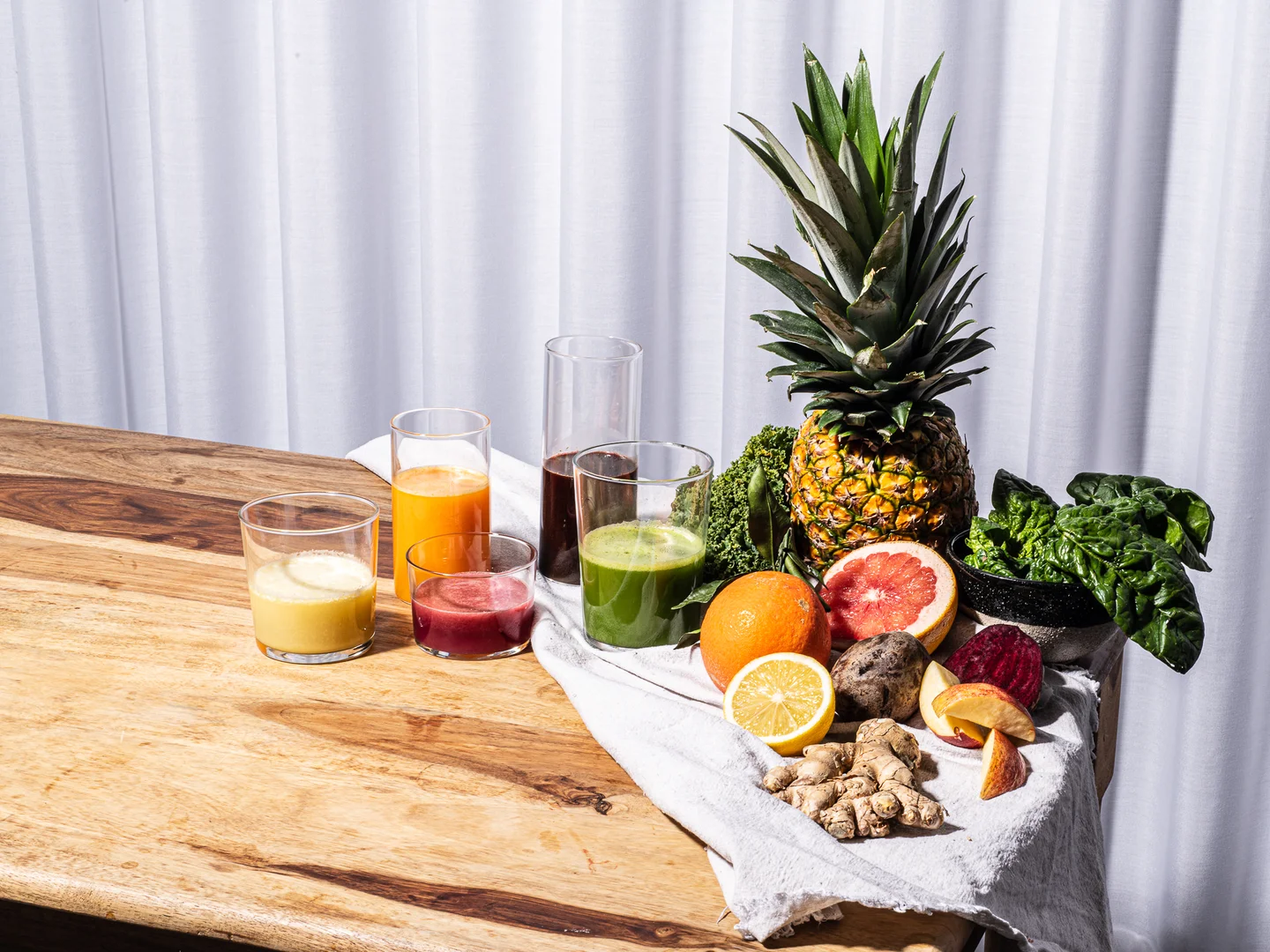If you’re confused by food labels, you’re not alone. But don’t hold your breath for an at-a-glance food labeling system that tells you how much salt, fat, and sugar each product contains. Australia’s proposed “health star rating” labeling scheme was put on hold in February following pressure from the food industry. And it’s unclear whether the project will go ahead.
Marketers use a variety of tricks to make foods seem healthier and more appealing than their competitors, particularly when it comes to products aimed at children. One of the most powerful advertising tools a food manufacturer has is the packaging, as it’s what we look at immediately before deciding which food to purchase.
Next time you’re shopping for food, look out for these seven common labeling tricks:
The color of food packaging can influence our perceptions of how healthy food is.
A recent study found the color of the nutrition label influenced consumers’ perceptions of two identical chocolate bars; despite the exact calorie information, people perceived the one with the green label to be healthier.
Another tool of savvy food marketers is the use of “ticks” and “seals,” which we subconsciously process as indicating that the product has met some form of certification criteria.
A recent study found that nutrition seals on unhealthy food products increased perceptions of healthiness among restrained eaters. A survey with parents of toddlers found that 20% of parents identified the presence of a quality seal as one of the reasons for their purchase of toddler formula rather than cow’s milk.
Food packaging often contains words that imply the food contains certain ingredients or has been prepared in a way that makes it healthier (or at least better than similar foods).
But many of the words – such as “healthy” or “natural” – have no legal or formal meaning. While the Australian New Zealand Food Standards Code regulates the use of specific health and nutrient content claims, it doesn’t restrict or define these loose terms.
“Weasel claims” describe modifiers that negate the claims that follow them. This allows manufacturers to avoid allegations of breaching advertising or labeling regulations while being such a commonly used word that the consumer overlooks it.
For example, Activia “can” help to reduce digestive discomfort – but did you read the fine print? It “can” help if you eat it twice a day and “… as part of a balanced diet and healthy lifestyle”.
Similarly, Berri Super Juice contains antioxidants that “help” fight free radicals (but so does whole fruit, which also has more fiber).
Unfinished claims tell us the product is better than something – but not better than what. In food labeling, we really have to hunt for the “what.”
Fountain’s Smart Tomato Sauce still contains 114mg of salt per serving, while the brand’s regular tomato sauce contains 186mg (more than several other brands).
The Heart Foundation defines low-salt foods as those with less than 120mg per 100g; Fountain’s Smart tomato sauce has 410mg per 100ml. It does, however, have less sugar than many of its competitors.
So, suppose you are trying to reduce your sugar intake. In that case, it may be a good choice, but if you are trying to reduce your sodium intake, look for one of the low-salt varieties and read the label very carefully (reduced is rarely synonymous with low).
Smith’s Thinly Cut potato chips contain 75% less fat than “chips cooked in 100% Palmolein Oil”. But they don’t have less fat than Original Thins, Kettle, or most other brands on the market.
It’s also worth taking a close look at the recommended serving size – in both cases, the nutrition information is based on a 27g serving, but Smiths’ “single serve” pack is 45g (15.7g fat; one-fifth of an average adult’s recommended daily intake, or RDI).



